Article
Bridging Biology and Friction: The World of Biotribology
29 Aug 2023
Biotribology is – more than almost any other form of tribology – the one we encounter most in our day …
Read moreBy improving our understanding of how both natural and synthetic materials perform and interact within the human body, we aid the discovery and development of refined alternatives, enabling us all to live a more fulfilling life.

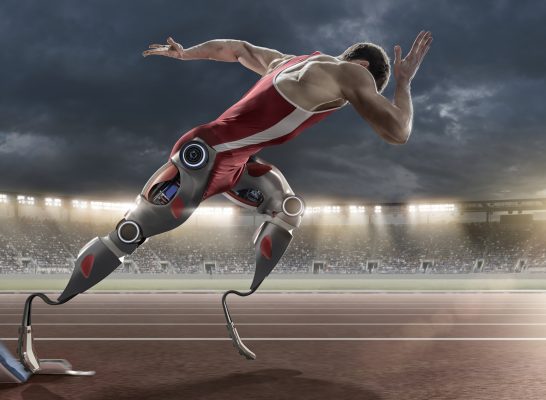
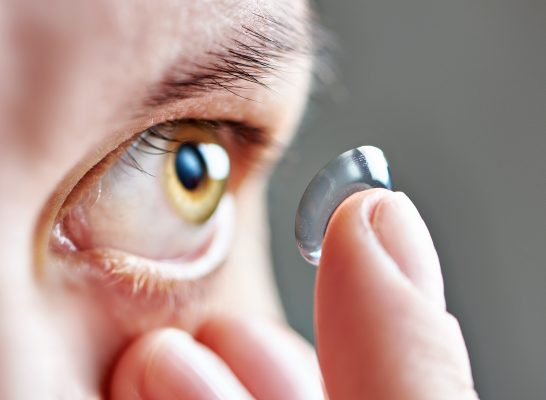
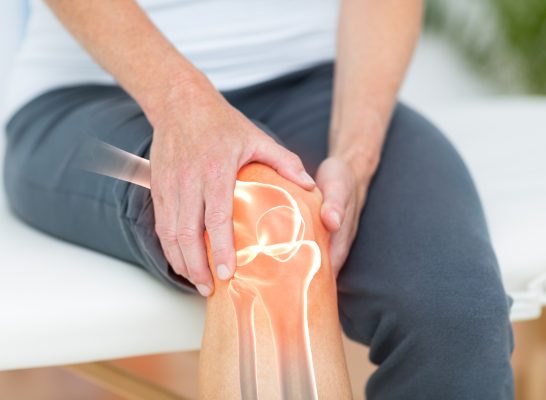
Many would imagine biomedical tribology is limited to replacement joints; however, this is not the case. Research has long been conducted to develop and improve the tribosystems found in a whole range of biomedical appliances. These are not only limited to replacement joints but also contact lenses, medicines and dental implants to name a few. PCS’ instruments are used by researchers around the world to help push this work forward, facilitating advancements that can change people’s lives for the better.
Tribology plays a key role in the development of medicines, primarily in how medicines are delivered into the body, with particular focus on how smoothly both solid and liquid medicines can travel down the oesophagus, and whether they coat it as they do or slide straight through. For contact lenses, the importance of tribology is more obvious. The interfaces between a contact lens and an eyeball, and the contact lens and an eye lid are what drive how comfortable a contact lens is for its wearer. Without in-depth research and investigation of these interfaces, people could be left with uncomfortable or even dangerous lenses.
For replacement joints, tribological research is vital in understanding how effective materials and coatings will be when in situ. For example, research is ongoing on the effectiveness of replacement synovial joints. These joints (e.g. knee and hip joints) are continuously transmitting large dynamic loads whilst accommodating a wide range of movements. Due to trauma and diseases – such as osteoarthritis – these joints occasionally need to be replaced by artificial implants. Tribology research considers the friction, wear and lubrication of natural and artificial joints including the wear debris from the joint implants, and the human body’s reaction to this.
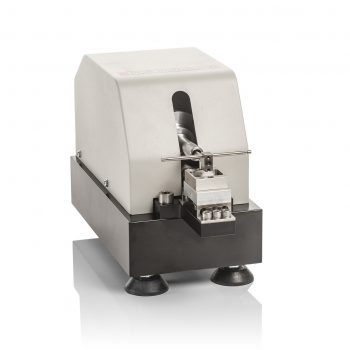
A ball-on-plate reciprocating friction and wear test system, assessing the performance of both fuels and lubricants under boundary conditions.
Learn more
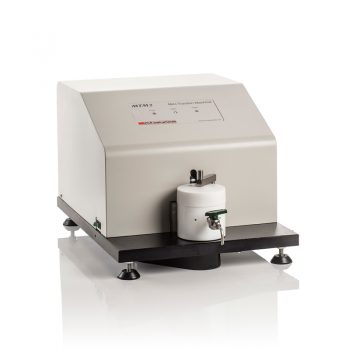
A ball-on-disc instrument for measuring the frictional properties of lubricated and unlubricated contacts under a wide range of rolling and sliding conditions.
Learn more
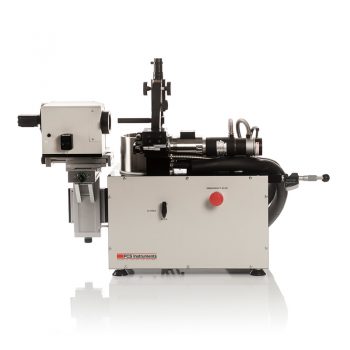
A fully automated, benchtop instrument, measuring lubricant film thickness down to 1nm in the elastohydrodynamic (EHD) lubricating regime.
Learn more